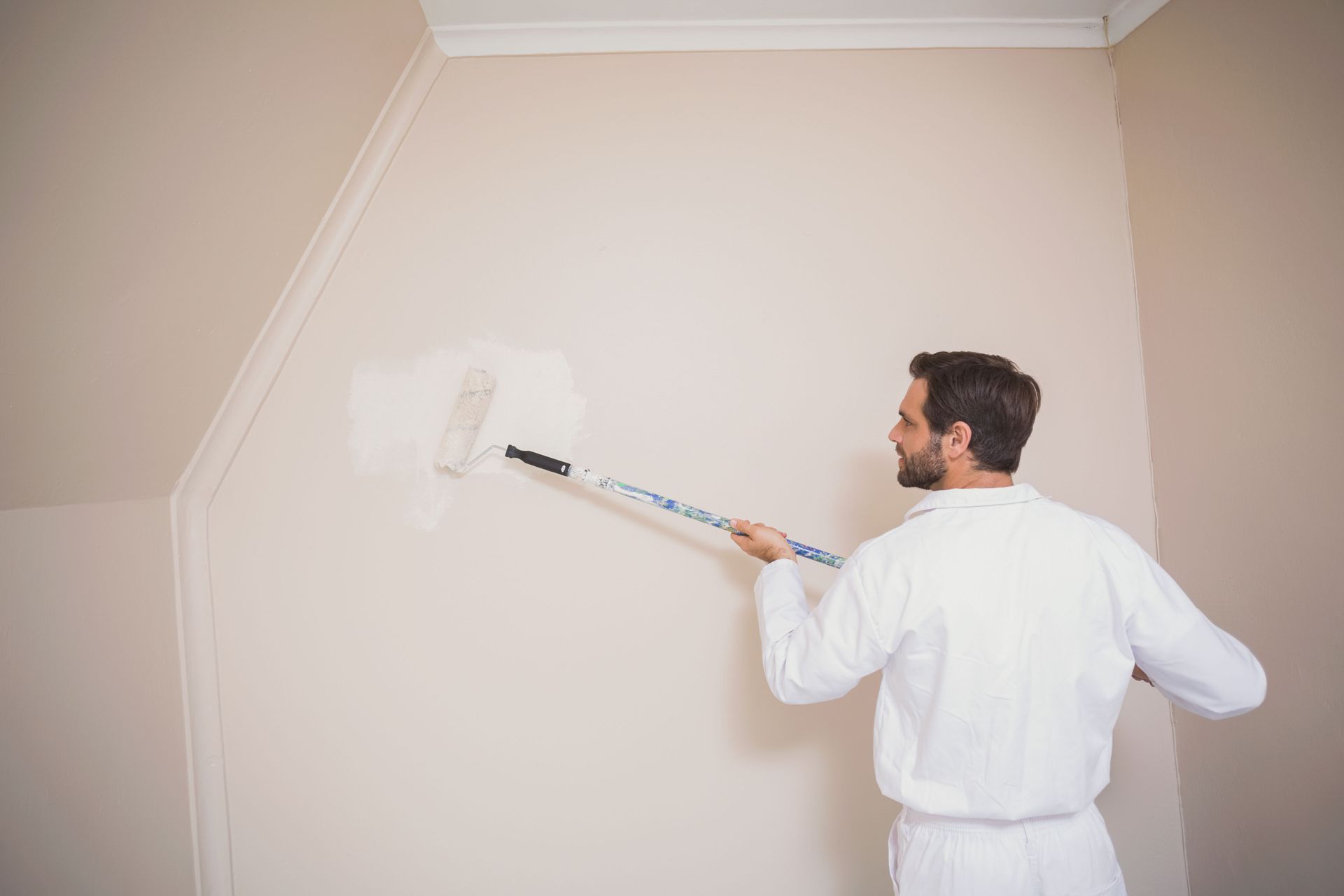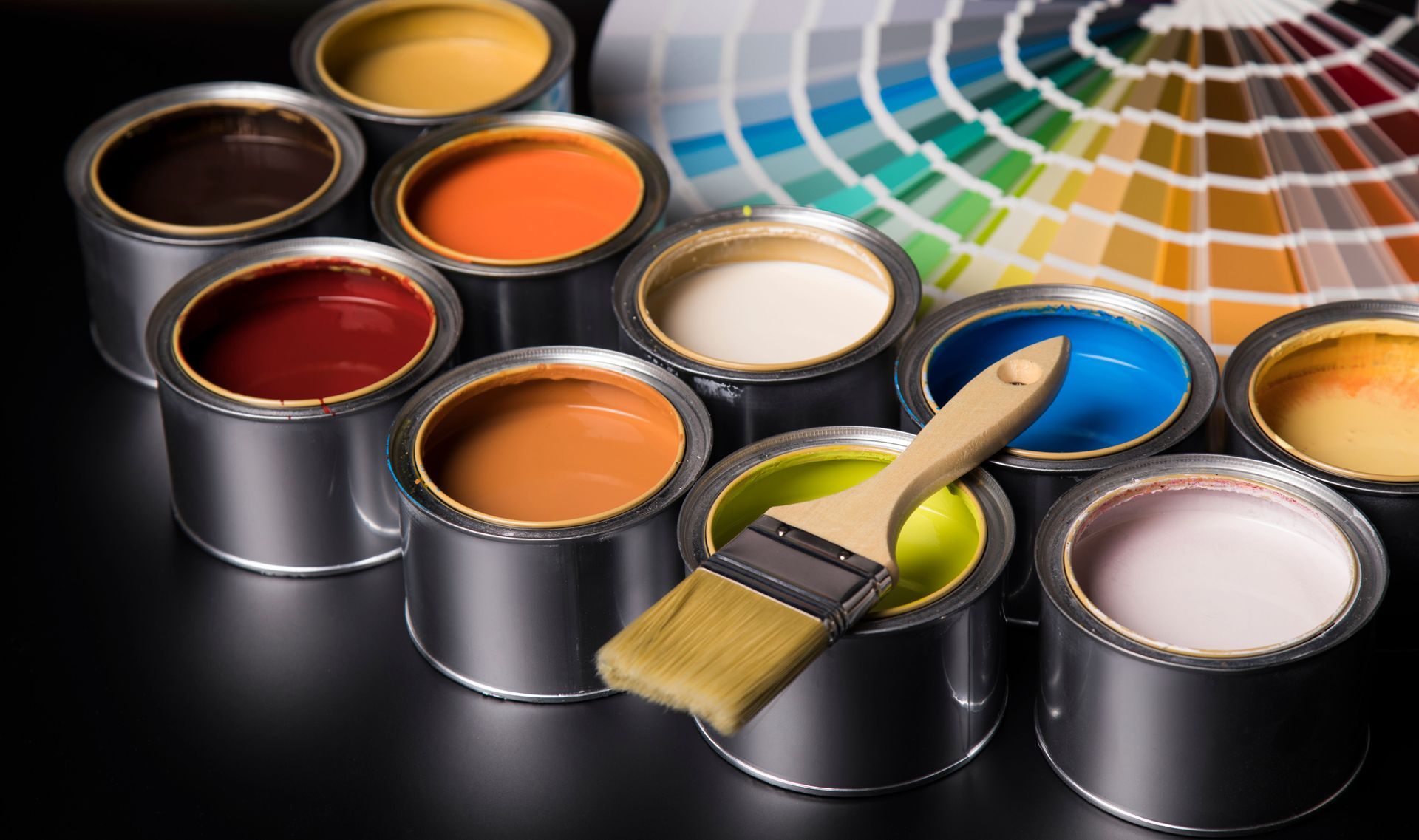August 25, 2025
In today's ever-evolving home design landscape, modern interior paint colors have become a cornerstone of creating engaging and personalized spaces. The power of a fresh coat of paint cannot be underestimated; it can transform a dull room into a vibrant oasis and reflect individual style and character. Whether you prefer tranquil, muted tones or bold, eye-catching hues, choosing the right paint color is crucial for setting the vibe of your environment.
Colors not only play a vital role in aesthetics but also can influence our emotions and perceptions, making them an integral part of interior design. As our homes increasingly serve as multi-functional spaces, the role of paint colors in achieving functional and aesthetically pleasing interiors cannot be overstated. Each color choice contributes significantly to the ambience and personality of a space, enabling homeowners to curate a living area that is not only visually appealing but also emotionally resonant.
Pairing the right colors with your existing decor can elevate any room, turning an ordinary setting into a stylish and harmonious living area. This article will explore various modern interior paint colors that can revitalize your home, emphasizing the balance between aesthetics and functionality. By the end, you'll be equipped with the knowledge to transform your home into a cohesive and inviting environment reflecting your taste with the help of an interior painting contractor.
Understanding the Basics of Color Psychology
Firstly, color psychology explores how different hues impact human behavior and emotions. It's a fascinating field that reveals how colors can evoke specific feelings, making it a powerful tool in interior design. For instance, warm colors such as reds and oranges are known to stimulate and energize, while cool tones like blues and greens tend to calm and relax. Understanding these basic principles can guide homeowners in selecting tones that enhance the desired atmosphere in their spaces. By leveraging color psychology, you can create environments that align with your life’s rhythm, whether it's a lively family room or a serene bedroom retreat.
Hiring an interior painting contractor to implement the basics of color psychology in your home can significantly transform how a space feels and functions. For example, in larger homes, utilizing different color schemes in each room can delineate spaces and assign distinct moods to various areas. Conversely, in smaller homes, maintaining a consistent color palette can create a cohesive flow and maximize the sense of space. According to This Old House, an average bedroom measures roughly 132 square feet, providing ample plain wall space to maximize the effect of chosen colors. Such fundamental knowledge of color psychology empowers homeowners to make informed decisions about which colors to add or subtract from their rooms.
The selection of color is a personal, expressive experience that should resonate with each individual's unique lifestyle and tastes. Individuals seeking warmth and intimacy in their homes might consider using shades like warm terracottas and rich maroons. However, those desiring simplicity and tranquility may lean towards pastels or neutral shades that evoke peace and harmony. Emotional responses triggered by color often vary from person to person, which is why many interior designers consider a personalized consultation essential for aligning design choices with a homeowner's emotional and aesthetic preferences. Using color psychology thoughtfully encourages creating spaces that truly reflect one's identity and values.
Affecting Mood and Perception
The colors chosen by an interior painting contractor in an interior space can significantly affect mood and perception by shaping responses and altering feelings. When planning a room makeover, the psychological effects of color should be considered to create an environment that enhances well-being and comfort. An energetic living room, for example, might benefit from vibrant shades like red or yellow, which add inspiration and enthusiasm. In contrast, calm and relaxing shades such as blue or green can convert a bedroom into a peaceful sanctuary conducive to rest and tranquility. Each color choice has the potential to either enhance or detract from a room's existing energy and atmosphere, making thoughtful selection key in setting the right tone.
The layout and function of a room often inform which colors will best support its intended purpose. For example, in an office setting, colors like soft green can reduce stress and maintain focus, supporting productivity levels throughout the workday. In contrast, an area designated for social gatherings may thrive on bright, dynamic hues that encourage conversation and activity. As perceptions of space can shift dramatically with changes in color and lighting, thoughtful planning can transform otherwise nondescript rooms into mood-enhancing spaces.
An interior painting contractor can combine colors that complement one another can create a harmonized, balanced design that achieves a desired mood effortlessly. Carefully paired tones can create a sense of cohesion and unity within a room, elevating it to a sophisticated, polished level. Conversely, contrasting colors can create excitement and visual interest, inviting exploration and engagement with the space. However, overuse of opposing or discordant colors may lead to visual tension or inconsistency, impacting the room's emotional effect. Eliciting intentional moods through mindful color selection empowers homeowners to craft spaces that feel inviting, functional, and conducive to their lifestyle needs.
Using Warm Colors to Create Coziness
Warm colors, such as red, orange, and yellow, are known for their ability to evoke feelings of warmth and comfort, making them ideal for creating cozy and inviting spaces. When used in living areas, these hues can make large spaces feel more intimate and enveloping, encouraging relaxation and socialization. In kitchens, warm tones often evoke feelings of warmth and hospitality, creating a welcoming environment for family and guests. They can also invigorate dining areas, adding energy to meal times and enhancing appetite. Utilizing warm colors strategically can ensure that spaces feel both comfortable and inviting, fostering environments perfect for family gatherings and community connections.
An interior painting contractor incorporates warm colors into a home's interior design requires a delicate balance between saturation and subtlety. Overuse of bold, warm hues can lead to an overwhelming sense of heat, which may result in emotional tension or overstimulation. Instead, they are most effective when applied in moderation, serving as accent colors that add personality to a room without becoming overpowering. For example, accent walls painted in a vibrant red or deep orange add warmth and focus, providing a comforting backdrop for fireplaces or reading nooks. Homeowners can also achieve desired warmth by integrating warm tones through accessories such as cushions, artwork, and area rugs, which add dimension without overwhelming a space's overall composition.
Warm colors not only create coziness but also aid in enhancing connections and intimacy when used in communal spaces. In homes where shared living spaces serve overlapping functions, integrating warmer tones can foster open communication and encourage collaboration. Warm color palettes are particularly effective in open-plan designs, where an unbroken transition between living, dining, and kitchen areas is desired. They help establish thematic consistency that blends diverse functions while preserving the sense of a cohesive, unified space. Embracing warmth through color has the power to transform homes into places of relaxation, companionship, and comfort, enriching everyday life with color-enhanced joy and connection.
Modern interior paint colors offer homeowners a powerful tool to transform their living spaces into personalized, functional, and emotionally resonant environments. Contact Above All Services today to work with an interior painting contractor.







